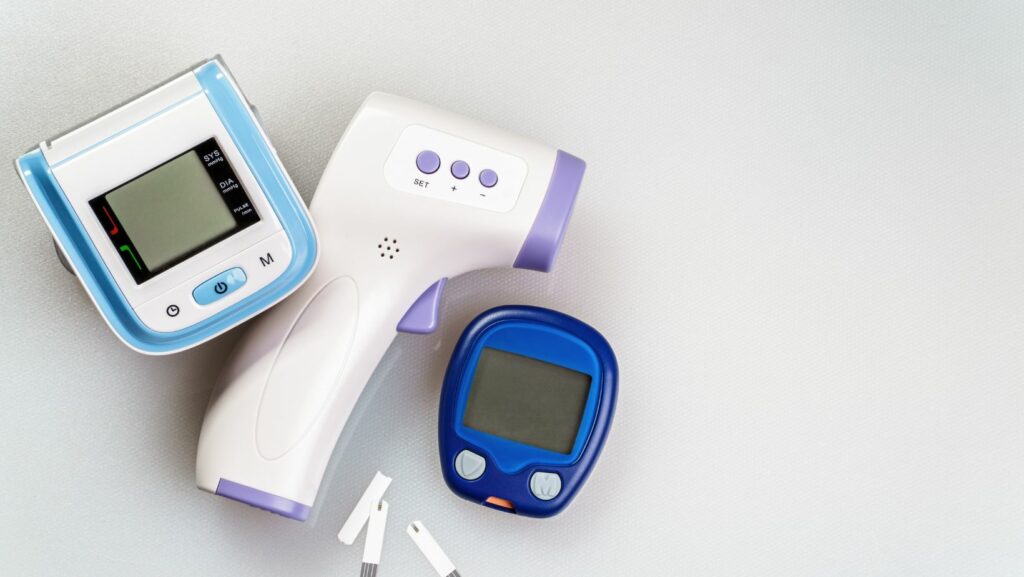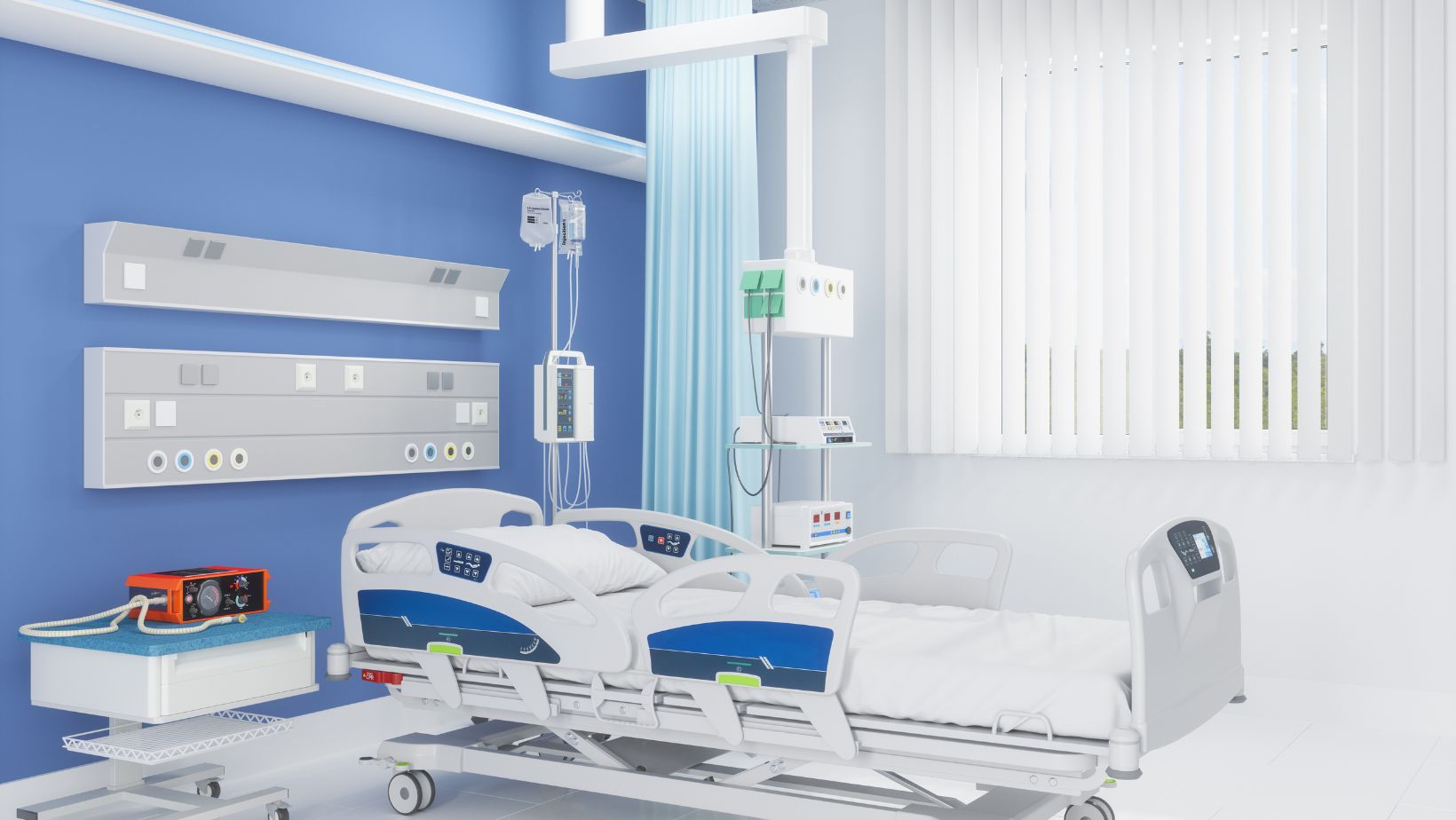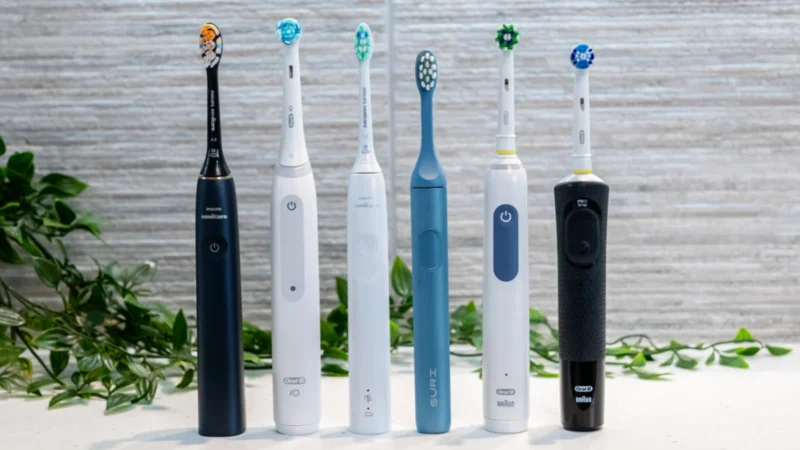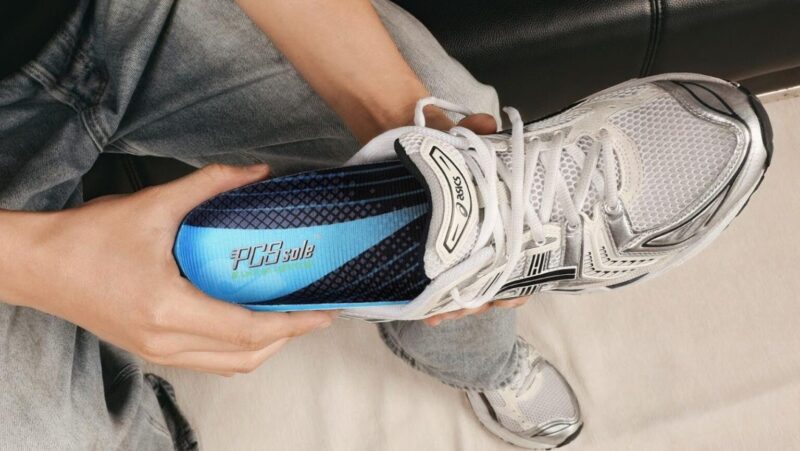
The medical device realm is incredibly diverse. Picture everything from the delicate tools used in surgeries to those high-tech machines like hospital temperature monitoring that diagnose ailments. But no matter the device, there’s this essential underlying principle: they must be trustworthy, effective, and tailored to the real-world demands of both healthcare professionals and the patients they serve. Among the multitude of devices, the wireless nurse call system serves as a prime example of how requirements shape the development and implementation of medical technologies. In this article, we’ll delve deep into the requirements for medical devices, using the wireless nurse call system as a focal point.
Understanding Medical Device Classifications
Classification by Risk
Medical devices are often categorized based on the potential risks they pose:
- Class I: Low risk, e.g., bandages.
- Class II: Moderate risk, e.g., powered wheelchairs.
- Class III: High risk, e.g., pacemakers.
Depending on the class, the rigor of regulatory scrutiny varies, with higher-risk devices subjected to more stringent evaluations.
The Wireless Nurse Call System: Where Does It Fit?
Typically, a wireless nurse call system would fall into Class I or possibly Class II, depending on its features. While its primary function is communication, its integration with other systems and its role in emergency response can elevate its risk profile.
Key Requirements for Medical Devices

Safety
Arguably the most crucial requirement, all medical devices, including the wireless nurse call system, must be designed and tested to ensure patient and user safety. This encompasses both physical safety and, in the case of digital devices, cybersecurity.
Efficacy
A device must effectively perform its intended function. For a wireless nurse call system, this means clear communication, fast response times, and seamless integration with other hospital systems.
Quality Control
Manufacturers must maintain stringent quality control measures throughout the device’s lifecycle. This ensures that each device, whether it’s a surgical instrument or a nurse call system, consistently meets the required standards.
Regulatory Compliance
Each country has its own set of rules when it comes to medical equipment. For example, if you’re in the U.S., it’s the Food and Drug Administration (FDA) that keeps a watchful eye on these devices, making sure they’re up to standard.
Special Considerations for Digital and Wireless Devices

Cybersecurity
As healthcare becomes increasingly digital, ensuring the security of devices from cyber threats is paramount. A wireless nurse call system, being networked, must employ robust security measures to protect patient data and system integrity.
Interoperability
Especially relevant for devices like the wireless nurse call system, interoperability ensures that various digital tools within a healthcare setting can seamlessly communicate and share data.
Software Updates
Digital devices require regular software updates to address potential vulnerabilities, improve functionality, and maintain compatibility with other systems.
Future Trends in Medical Device Requirements
Integration of AI
With artificial intelligence making headway into healthcare, future medical devices will likely need to adhere to requirements related to AI functionality, ensuring algorithms are safe, unbiased, and effective.
Remote Monitoring and Telemetry
Devices will increasingly relay data remotely. As such, requirements around data transmission, storage, and privacy will become even more critical.
Conclusion
From basic tools to the most advanced equipment, medical devices are at the heart of patient care. It’s vital that they live up to strict standards, safeguarding the health and peace of mind of patients and their caregivers alike. The wireless nurse call system serves as an illustrative example of the intricate balance between functionality, safety, and regulatory adherence. As technology continues to evolve, so too will the landscape of requirements, reflecting the ever-changing nature of modern healthcare.












